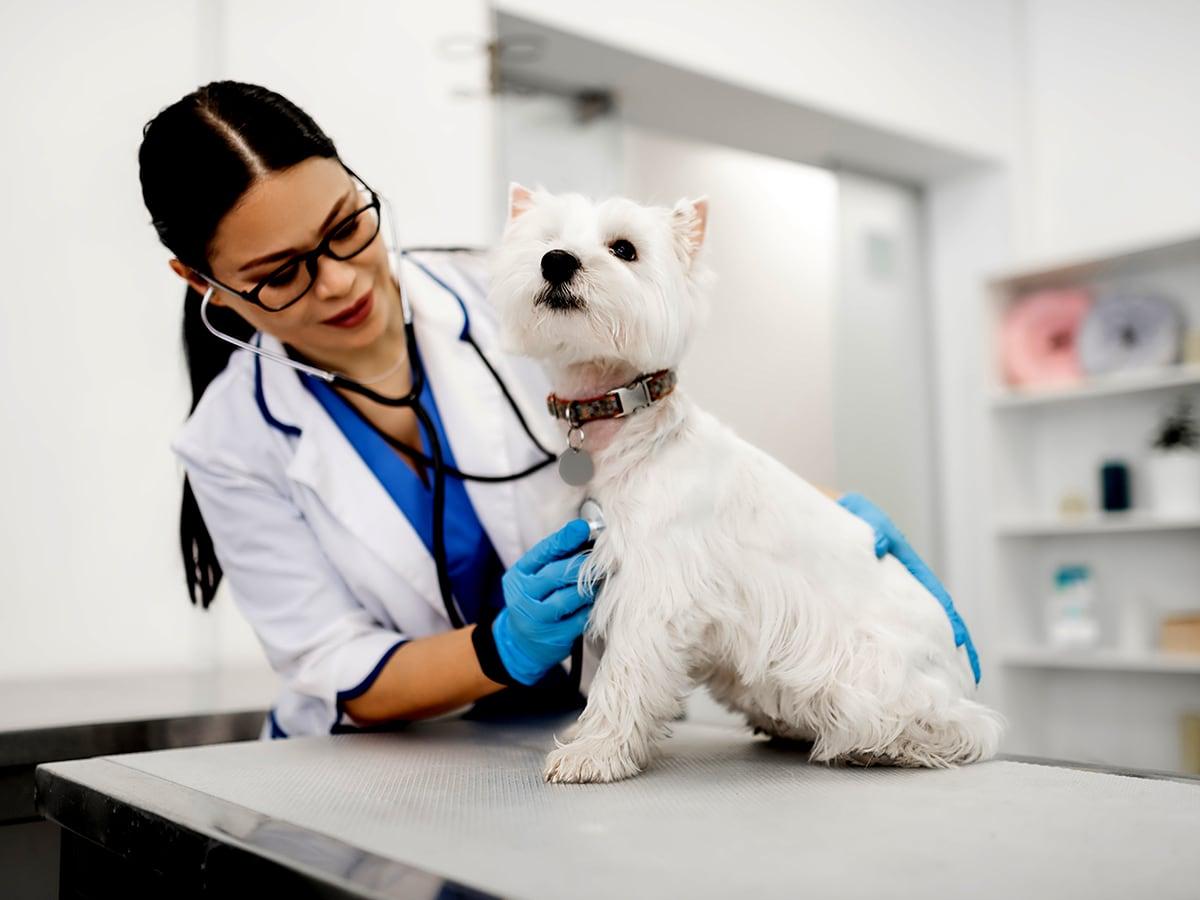As a pet parent, ensuring your companion is in good health is often a top priority. Pet insurance can help offer peace of mind and financial protection when unexpected accidents or illnesses arise. But how are those monthly premiums determined?
This comprehensive guide will help break down the factors that can influence pet insurance costs and help equip you with the knowledge to find the best policy for your pet.
What are Pet Insurance Premiums?
Pet insurance premiums are the monthly (or annual) payments you make to your insurance provider to maintain your pet's coverage. These premiums go towards a pool of funds that the insurer typically uses to reimburse policyholders for eligible veterinary expenses. The cost of your premium can depend on several factors, helping ensure that the pricing is tailored to your pet's individual risk profile.
5 Key Factors Influencing Pet Insurance Premiums
Age: Your pet's age often plays a significant role in determining their premium. Younger pets are generally considered lower risk, which can result in lower premiums. Older pets, on the other hand, may have higher premiums due to their increased susceptibility to potential health issues.
Breed: Certain breeds may be predisposed to specific health conditions, which can affect their insurance premiums. For example, breeds prone to joint problems or hereditary diseases might have higher premiums than those with fewer health risks.
Coverage: The type and extent of coverage you choose can directly impact your premium. Comprehensive plans that cover accidents and illnesses could likely cost more than accident-only policies. Additionally, the annual coverage limit, deductible, and reimbursement percentage you select may also influence your premium.
Location: The cost of veterinary care can vary across different regions, and may impact the premiums set by insurers. Areas with higher veterinary costs may have higher premiums to cover potential expenses.
Discounts: Many pet insurance providers offer discounts that can help lower your premiums. These can include multi-pet discounts, discounts for certain professions, or discounts through certain workplace benefits.
Why Do Pet Insurance Premiums Go Up?
Pet insurance premiums can increase for several reasons:
Inflation: The cost of veterinary care, like other goods and services, tends to rise over time due to inflation. Insurers may need to adjust premiums to keep up with these rising costs.
Your Pet's Age: As your pet gets older, their risk of developing health problems typically increases, which can lead to higher premiums.
Tips for Lowering Pet Insurance Premiums
Choose a Higher Deductible: Opting for a higher deductible often results in lower monthly premiums.
Ask About Discounts: Inquire about available discounts, such as multi-pet.
Enroll Early: Consider enrolling your pet while they're young.
Review Your Coverage Annually: Regularly review your policy to ensure it still meets your needs and to see if there are any opportunities for reducing your cost.
Conclusion
How are pet insurance premiums calculated? Understanding how pet insurance premiums are calculated helps empower you to make informed decisions about your pet's coverage. By considering factors like age, breed, coverage options, location, and potential discounts, you can make a better-informed decision when choosing a policy that helps balance comprehensive protection with affordability. Getting pet insurance can help provide peace of mind, knowing you can get your pet the best possible care with less financial stress.

With 10 years of experience as a pet parent, I aim to empower pet owners with insights into pet insurance and maintaining their pet's well-being. I aspire to be a trusted source, combining knowledge with a commitment to the welfare of our beloved pets.












